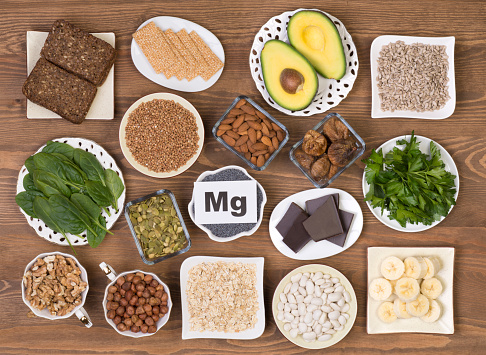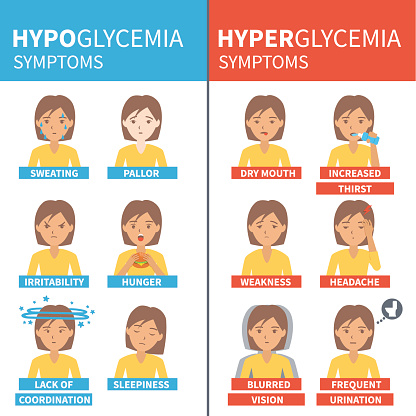You may not think about hot flashes until you’re in the middle of one that hit without any warning signs, and then you’re desperately trying to figure out how to remedy it. Being proactive and knowing what triggers to avoid is just as, if not more, important than treating a hot flash once it has struck. Menopause may be inevitable, but there are plenty of things you can do to at least reduce the number of hot flashes you have to endure. Here are some of the most common triggers that may bring on this symptom of menopause, and how you can work to avoid them.
Your Environment
If you live in an area that is typically hot, or if you’re in a building that has the heat on high, you are more likely to experience hot flashes. Dress for the weather, have drinking water available, and when possible, use air conditioning.
Hot Food and Beverages
Both hot in temperature as well as spicy food can be potential triggers for hot flashes. Whether it’s a bowl of soup, coffee, hot tea, or hot sauce, your body temperature will climb due to the temperature of what you’re consuming, and due to the heat that is produced when your body is digesting. In addition to the heat of coffee, caffeine has also been known to make individuals more prone to hot flashes.
Smoking
You already know about many of the negative effects smoking can have on your body, and triggering hot flashes is another one you can add to the list. For avoiding hot flashes, cigarettes and secondhand smoke should always be avoided.
Dehydration
Staying hydrated is important at all times, no matter what’s going on in your life, but it is especially important while your body’s hormones are constantly fluctuating. Drinking plenty of water is good for your overall health, and consuming cool or cold water will aid in keeping your body at a good temperature for avoiding hot flashes.
Hot Tub or Bath
Although this can be extremely relaxing, the hot and steamy environment will quickly escalate your body’s core temperature. As was mentioned previously, this can potentially lead to, yes, a hot flash.
Every woman’s body will respond differently to different possible triggers. Ideally, it is a good idea to steer clear of every item listed, but we know that’s not always possible. Be mindful of these and when you discover which ones you are affected by, you will know what to avoid. Be sure to read our blog on hot flash remedies. If you’d like to know more about clinical research being conducted for hot flashes, click here.









